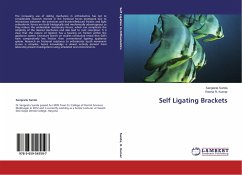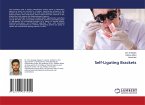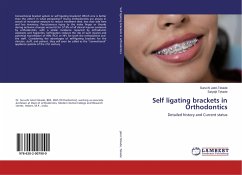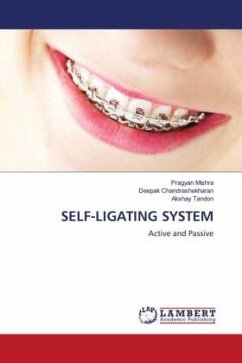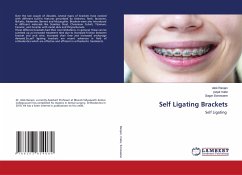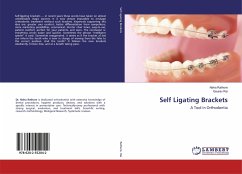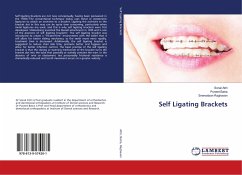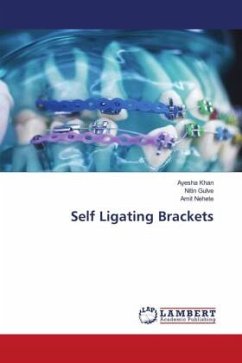The increasing use of sliding mechanics in orthodontics has led to considerable research interest in the frictional forces developed due to interactions between the archwires and bracket.Reduced friction and light orthodontic forces are both biologically and mechanically advantageous as they reduce the undesirable reactionary forces, which can complicate the simplicity of the desired mechanics and also lead to root resorption. It is clear that the nature of ligation has a bearing on friction within the appliance system. Literature search on studies conducted reveal that SLB's have comparatively less friction than conventional ligating appliance system. Research on frictional resistance to orthodontic tooth movement in-vivo is complex, hence knowledge is almost entirely derived from laboratory-based investigations using simulated oral environments.
Bitte wählen Sie Ihr Anliegen aus.
Rechnungen
Retourenschein anfordern
Bestellstatus
Storno

